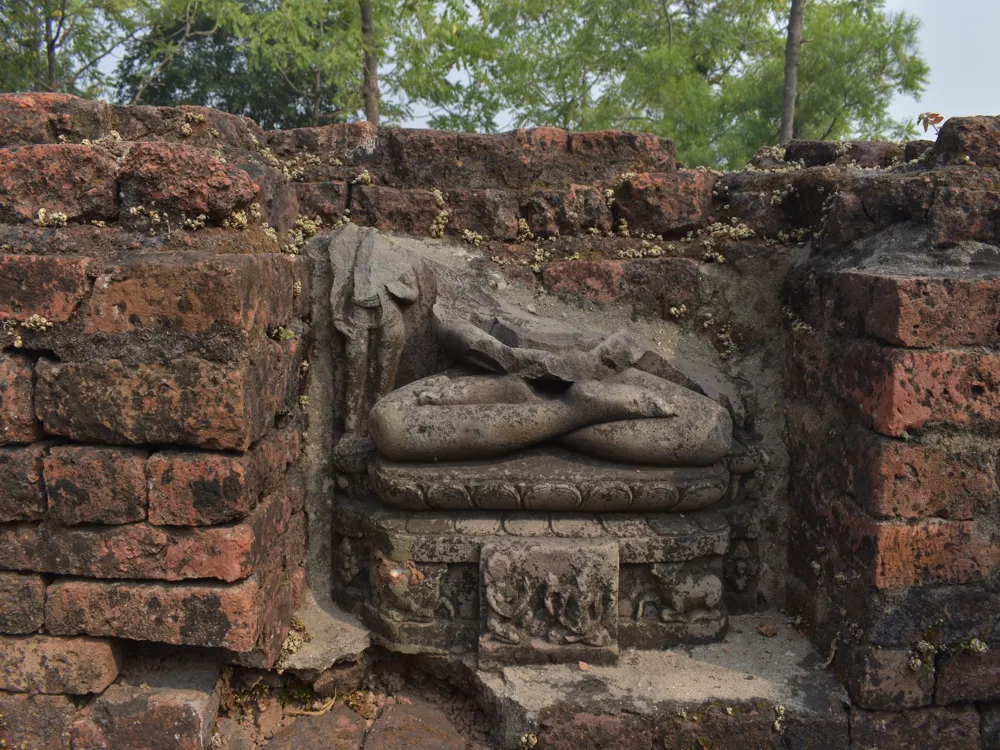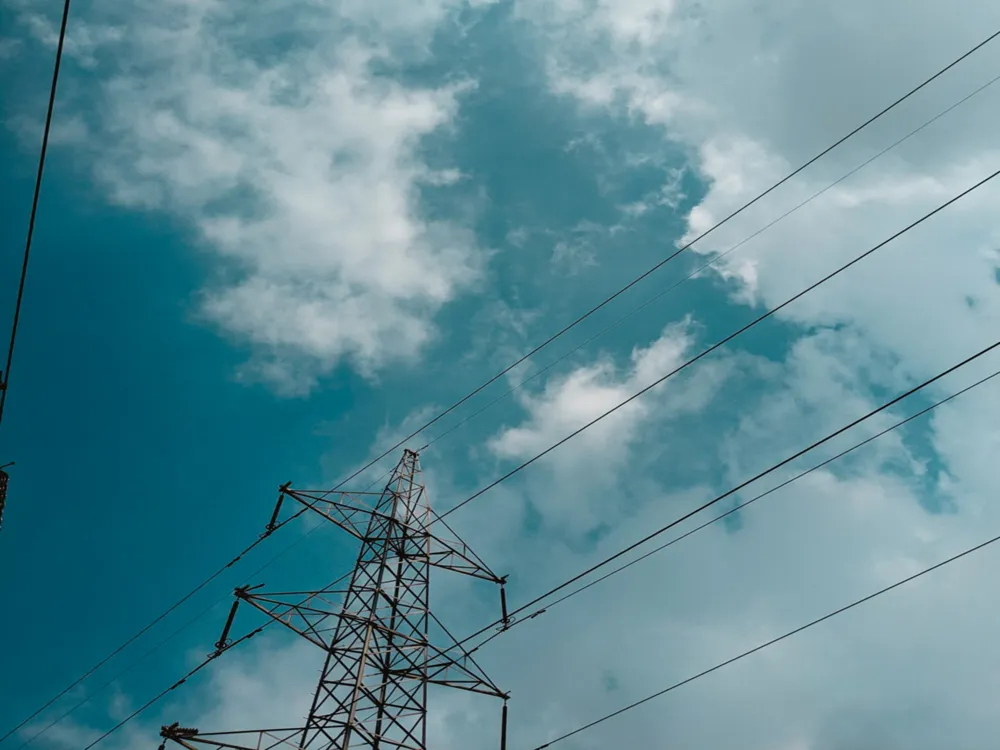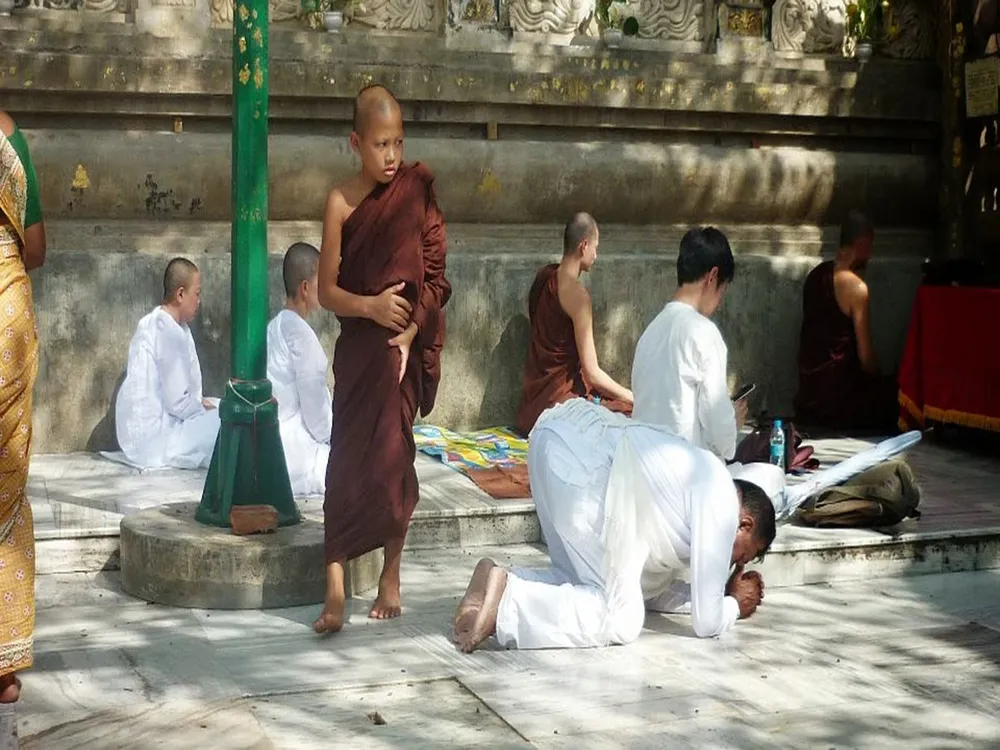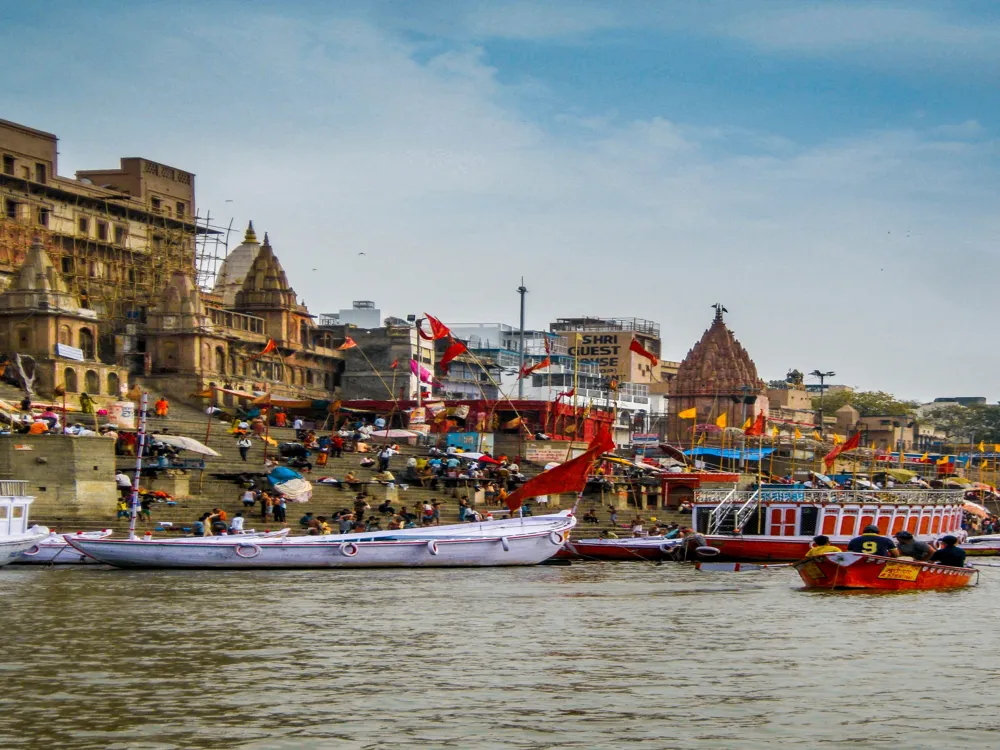Located in the heart of Patna, Bihar, the Patna Museum stands as a beacon of history and culture in this vibrant city. Established in 1917 during the British Raj, the museum has since evolved into one of the most significant repositories of Indian history and art. Its extensive collection, spanning from prehistoric artifacts to contemporary artworks, offers a comprehensive narrative of India's rich and diverse cultural heritage. The museum's significance is not just limited to its collections, but also lies in its role as a center of education and research, attracting scholars and tourists alike from across the globe. As you step into the Patna Museum, you're immediately transported into a world where history and culture converge. The museum is home to over 200,000 artifacts, each telling its own unique story. Among these treasures is the famed Didarganj Yakshi, a stunning example of Mauryan art, which has become a symbol of the museum's identity. The museum's galleries are filled with a plethora of artifacts ranging from ancient coins, terracotta figures, paintings, sculptures, manuscripts, to textiles, each offering a glimpse into the rich tapestry of India's past. The Patna Museum is not just a treasure trove of artifacts; it's an immersive experience. The museum regularly hosts exhibitions, workshops, and educational programs, making it a dynamic hub of cultural activity. For history buffs, art lovers, and curious travelers, the Patna Museum is a must-visit destination, offering an unparalleled journey through India's historical and artistic legacy. The architecture of the Patna Museum is a splendid amalgamation of Mughal and Rajput styles, reflective of the rich architectural heritage of India. The museum building itself is a piece of art, with its red brick structure and intricate designs that evoke the grandeur of the past. The main entrance, characterized by a high archway and detailed stonework, welcomes visitors into a world of historical splendor. Inside, the museum's layout is thoughtfully designed to guide visitors through its vast collections. The galleries are spacious, with high ceilings and natural lighting, creating an ambiance that enhances the viewing experience. The fusion of traditional Indian architectural elements with modern design techniques makes the Patna Museum a unique example of architectural brilliance. It's not just a building; it's a testament to India's architectural evolution, blending the old with the new in a seamless and harmonious manner. The museum's architecture also serves a functional purpose, providing an ideal environment for the preservation of its priceless collections. State-of-the-art facilities ensure that the artifacts are maintained in optimal conditions, preserving them for future generations. The Patna Museum's architecture is more than just a shelter for its collections; it's an integral part of the museum's identity, adding to the richness of the visitor's experience. Before visiting the Patna Museum, it's advisable to check the museum's website for the latest information on opening hours and any special events or exhibitions. Plan to spend at least half a day to fully appreciate the museum's extensive collections. Consider taking a guided tour for a more insightful experience. The museum offers guided tours in various languages, providing in-depth knowledge about the artifacts and their historical context. Photography may be restricted in certain areas of the museum. Always check for signs or ask staff members for the museum's photography policy. Visitors are advised to dress modestly and comfortably. Respectful behavior is expected at all times within the museum premises. The museum is equipped with facilities such as restrooms, a cafeteria, and a souvenir shop. It is also accessible to visitors with disabilities. Patna Museum is easily accessible by various modes of transportation. The museum is located in the center of Patna, making it convenient to reach by local buses, auto-rickshaws, or taxis. For visitors coming from outside Patna, the museum is a short drive from the Patna Airport and is well-connected by the city's main railway station. There is also ample parking available for those who choose to drive to the museum. Read More:Overview of Patna Museum in Patna, Bihar
Architecture of Patna Museum
Tips When Visiting Patna Museum
Planning Your Visit
Guided Tours
Photography Rules
Dress Code and Conduct
Facilities and Accessibility
How To Reach Patna Museum
Patna Museum
Patna
Bihar
NaN onwards
View patna Packages
Weather :
Tags : Museum
Timings : 10:00 AM - 5:00 PM (Closed on Monday)
Time Required : 1-2 hrs
Entry Fee : Indian Tourists: INR 15
Foreign Tourists: INR 250
Planning a Trip? Ask Your Question
Patna Travel Packages
View All Packages For Patna
Top Hotel Collections for Patna

Private Pool

Luxury Hotels

5-Star Hotels

Pet Friendly
Top Hotels Near Patna
Other Top Ranking Places In Patna
View All Places To Visit In patna
View patna Packages
Weather :
Tags : Museum
Timings : 10:00 AM - 5:00 PM (Closed on Monday)
Time Required : 1-2 hrs
Entry Fee : Indian Tourists: INR 15
Foreign Tourists: INR 250
Planning a Trip? Ask Your Question
Patna Travel Packages
View All Packages For Patna
Top Hotel Collections for Patna

Private Pool

Luxury Hotels

5-Star Hotels

Pet Friendly
















